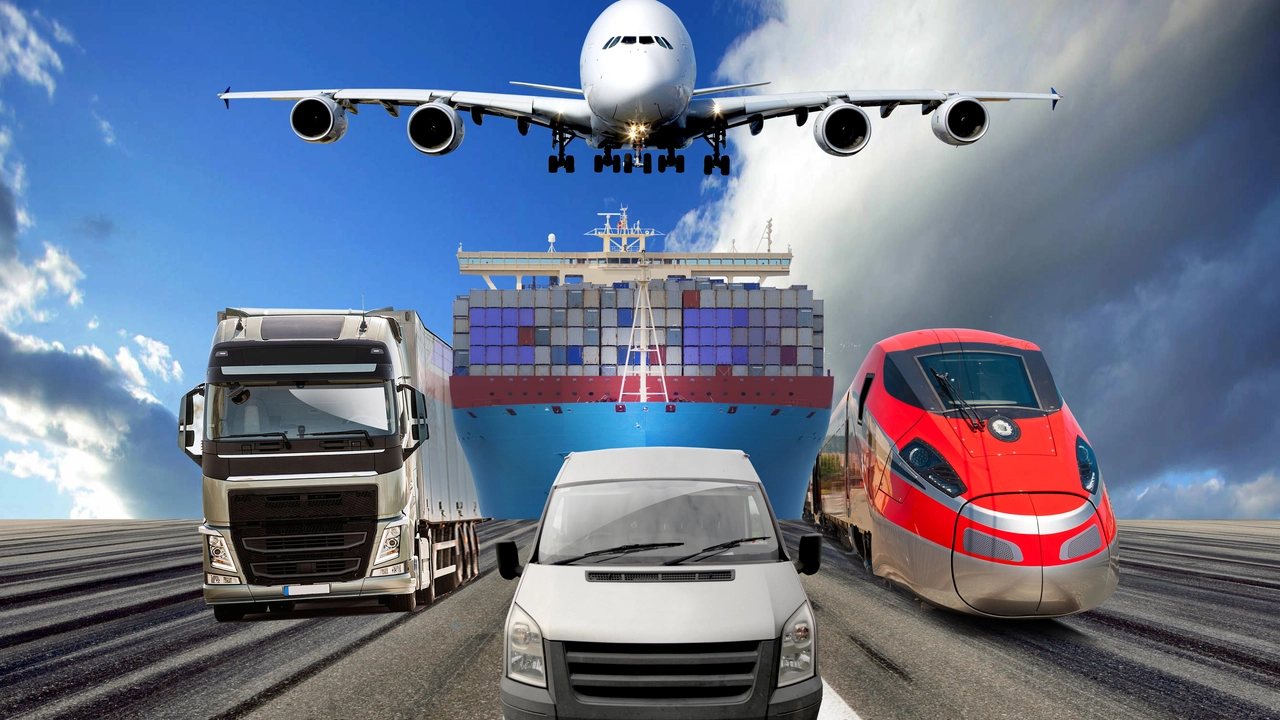Sports and Recreation: The Backbone of Cycling Logistics
When diving into Sports and Recreation, the broad arena that includes everything from casual bike rides to elite competitions. Also known as leisure sports, it brings together athletes, fans, and the gear that makes events possible.
Why cycling logistics shape the sport
One key player in this world is Cycling Teams, organized groups of riders, coaches, and support staff that compete at national and international levels. Their success hinges on Team Buses, mobile headquarters equipped with rooms, kitchens, and equipment storage that travel with the squad. Moving these buses across continents requires solid Logistics, the planning and execution of transport, customs, and scheduling that ensure everything arrives on time. In short, Sports and Recreation embraces the challenge of moving a whole team’s base of operations around the globe.
International competitions like the Grand Tours or World Championships demand more than just quick flights. Buses are often loaded into sea containers, shipped to the host country, and then driven to the race village. This two‑step process—sea freight followed by land transport—keeps the team’s equipment safe and ready for the toughest stages. The logistics crew must coordinate port schedules, customs clearance, and road permits, all while staying within tight budget limits.
Cost is a big factor. Shipping a fully equipped bus can run into tens of thousands of pounds, not to mention the time spent waiting for customs paperwork. Yet teams accept these expenses because a well‑prepared mobile base boosts morale, improves recovery, and gives riders a familiar environment wherever they race. That comfort can translate directly into better performance on the road.
Fans also feel the impact. When a team’s bus arrives early, media crews get better access, local sponsors showcase their logos, and community events can be arranged. The presence of a polished bus adds a professional vibe to the event, raising the overall spectator experience. In many cases, the bus becomes a moving billboard that promotes the sport beyond the race itself.
Understanding how Sports and Recreation manages these moving pieces gives you a clearer picture of the behind‑the‑scenes effort that powers every race. Below, you’ll find stories that break down the steps, share real‑world anecdotes, and offer tips for anyone curious about the logistics that keep cycling teams on the road worldwide.

How do cycling teams bring their buses around the world?
Cycling teams face quite the logistical challenge when it comes to transporting their team buses across the globe for international competitions. This process typically involves meticulous planning and reliance on both sea and land freight services. The buses are often shipped overseas in containers and then driven to the event locations. It's not a simple feat, but these mobile headquarters, equipped with all the necessary gear and amenities, are essential for the team's performance. The process is costly and time-consuming, but it's a crucial part of ensuring the team's success.